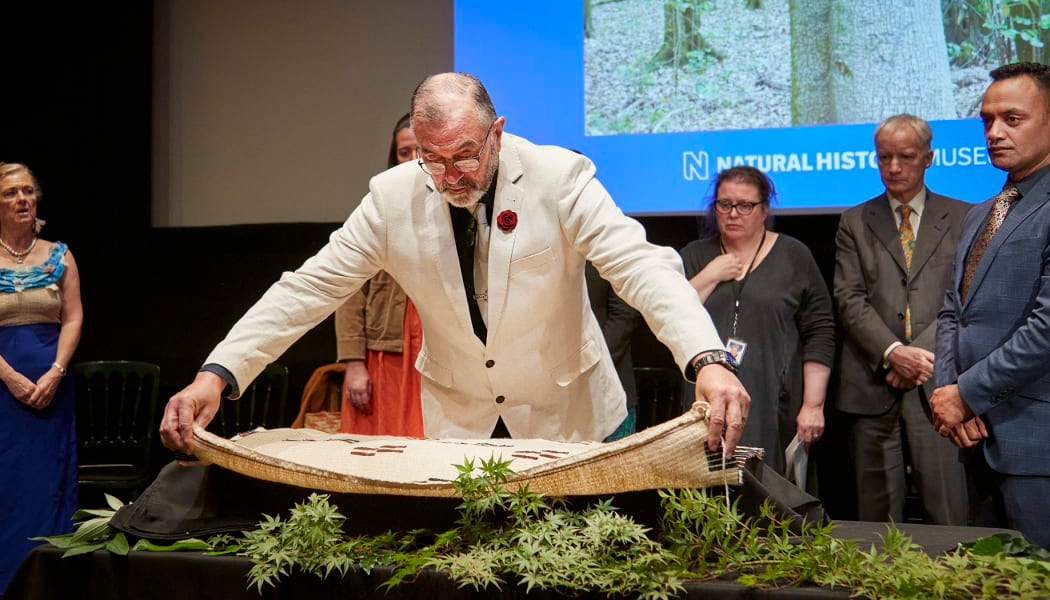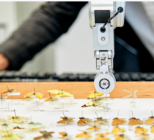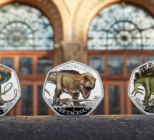The Natural History Museum has transferred the custodianship and care of the ancestral remains of 113 individuals, now to be returned to New Zealand. The ancestral remains will now begin their journey home, ahead of a formal ceremony to mark their return at Te Papa Tongarewa in Wellington, New Zealand on 8 July.
The move was marked by a formal ceremony at the Museum last week. A total of 111 Kōimi T’chakat Moriori (Moriori skeletal remains) will be returned to Rēkohu (Chatham Islands) and the ancestral remains of two Māori individuals will be put into the care of the Museum of New Zealand Te Papa Tongarewa.
The ceremony was attended by representatives from the Hokotehi Moriori Trust, Museum of New Zealand Te Papa Tongarewa, and High Commissioner for New Zealand, H.E. Bede Corry. The Natural History Museum’s director Dr Doug Gurr and Principal Curator of the Anthropology collections Dr Heather Bonney.
In association with the Hokotehi Moriori Trust and Museum of New Zealand Te Papa Tongarewa, an educational event for Museum sector staff followed the formal ceremony, during which a special panel of community representatives, researchers and repatriation specialists shared their knowledge.
Maui Solomon, Chair of the Hokotehi Moriori Trust said: “The return of 111 Moriori ancestral remains from the Natural History Museum is a significant event for Moriori. Our thanks go to the Natural History Museum staff and Board for supporting Karanga Aotearoa and Hokotehi Moriori Trust to make this happen.”
Dr Doug Gurr, Director of the Natural History Museum, said: “It was a privilege to attend this special ceremony marking the return of these ancestral returns to their country and communities of origin.
“I was delighted to welcome our friends and colleagues from the Hokotehi Moriori Trust and Museum of New Zealand Te Papa Tongarewa to the Museum following several years of close collaboration to achieve this repatriation. Me rongo [in peace].”










